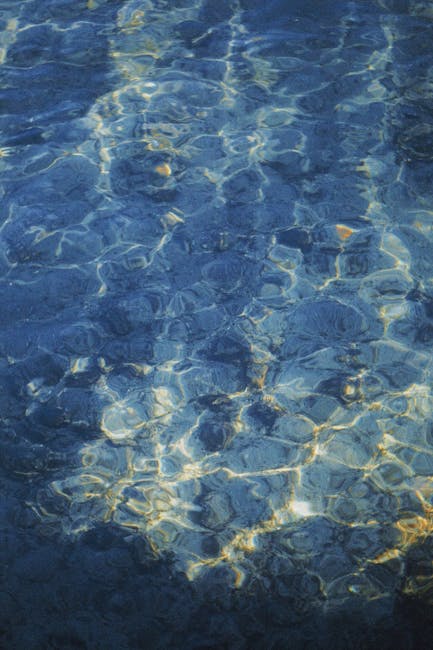
Why Your Turtle Basks Under a Heat Lamp
Why Your Turtle Basks Under a Heat Lamp
Turtles are fascinating creatures with unique behaviors that often leave their owners curious. One of the most common sights in a turtle habitat is a content reptile stretched out under a heat lamp, seemingly lost in bliss. But why do turtles bask so often? The answer lies in their biology, health needs, and natural instincts.
The Biological Need for Warmth
Unlike mammals, turtles are ectothermic, meaning they rely on external heat sources to regulate their body temperature. In the wild, they sunbathe on rocks or logs to absorb warmth from the sun. In captivity, a heat lamp serves the same purpose—helping them maintain the optimal internal temperature for digestion, immune function, and overall metabolism. Without adequate warmth, turtles can become sluggish, lose their appetite, or even develop health issues.
UVB Light and Shell Health
Another crucial reason turtles bask is to absorb UVB rays, which are essential for synthesizing vitamin D3. This vitamin allows them to metabolize calcium properly, ensuring strong bones and a healthy shell. A deficiency in UVB exposure can lead to metabolic bone disease, a serious condition that weakens their skeletal structure. Modern heat lamps often combine UVA (for warmth) and UVB (for health), mimicking the natural sunlight they would receive in their native habitats.
Behavioral and Psychological Benefits
Basking isn’t just about physical health—it’s also a deeply ingrained behavior that provides mental well-being. Turtles often bask to dry off, preventing fungal or bacterial infections on their skin and shell. Additionally, the warmth helps them relax, reducing stress and promoting natural behaviors like exploring and feeding. Observing your turtle’s basking habits can even offer insight into its overall mood; a happy, healthy turtle will bask regularly and confidently.
Ensuring the Perfect Basking Setup
To support your turtle’s basking needs, provide a dedicated basking area with:
- A high-quality heat lamp (with UVA/UVB if necessary)
- A stable platform (such as a flat rock or floating dock)
- Proper temperature gradients (basking spot around 85–95°F, with cooler areas in the tank)
- A timer to simulate natural day-night cycles
By understanding and accommodating your turtle’s instinct to bask, you’re not just keeping it alive—you’re helping it thrive. So the next time you see your shelled friend soaking up the warmth, know that it’s more than just relaxation; it’s a vital part of their well-being.







